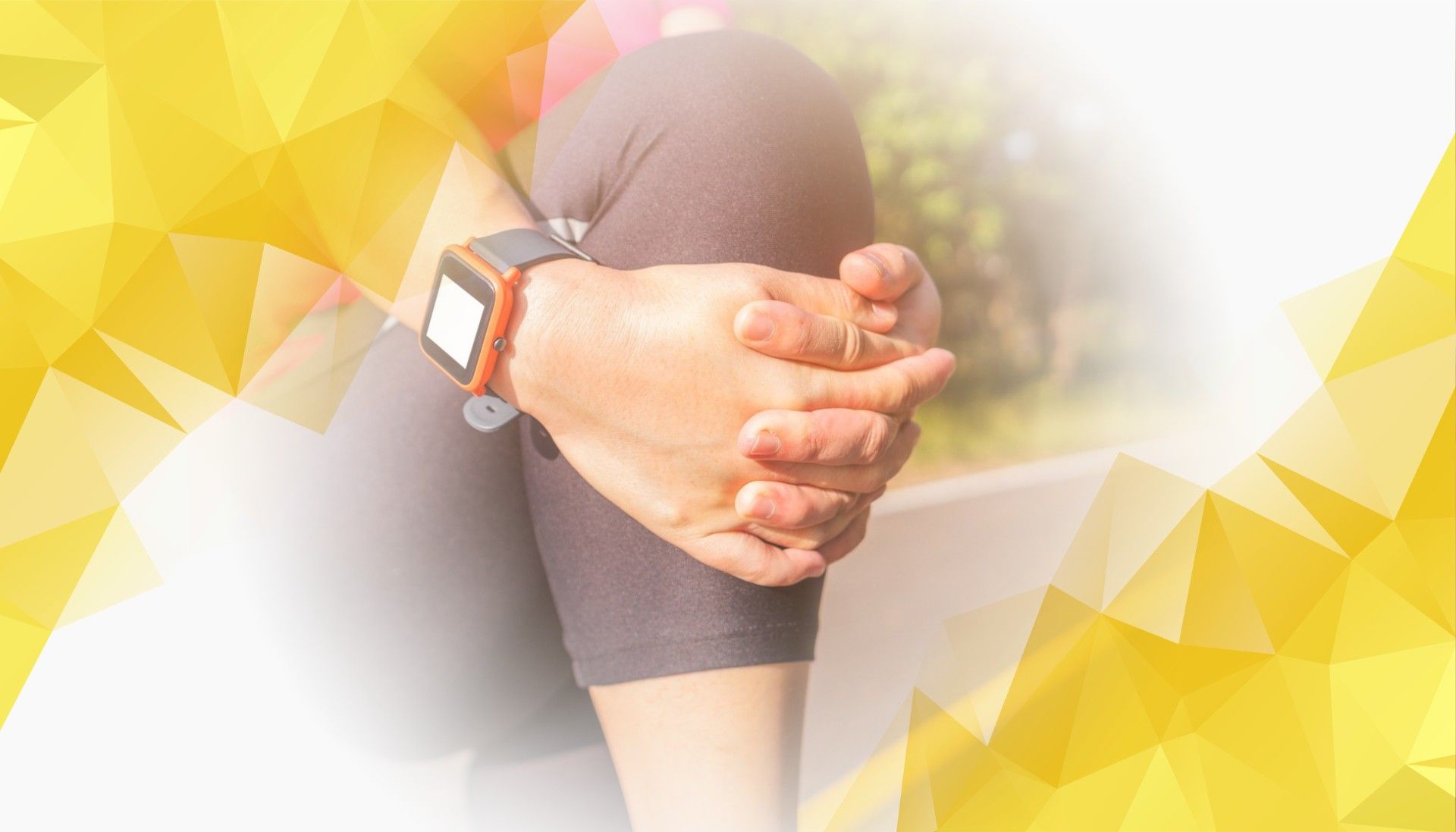Introduction: A New Hope for Knee Osteoarthritis
Knee osteoarthritis is a widespread, often frustrating condition that affects millions of people worldwide. It turns simple activities like walking or climbing stairs into painful challenges. Traditional treatments mainly aim to reduce pain and swelling, but they don’t always help restore how well the knee actually works. Fortunately, new technologies are bringing real hope for better outcomes. In this article, we’ll explore how MAI Motion, combined with fundamental rehabilitation strategies, is helping people move more freely and regain confidence.
What Is Knee Osteoarthritis and Why Does It Matter?
Knee osteoarthritis occurs when the cartilage—the smooth, protective layer cushioning your knee bones—wears down over time. Without this crucial padding, bones rub together, leading to pain , stiffness, and swelling. As the condition progresses, even everyday movements become more difficult. Studies show that osteoarthritis not only causes discomfort but also disrupts the knee ’s ability to absorb shocks and maintain proper alignment. This can accelerate joint damage and make the knee less stable. That’s why effective management goes beyond just pain relief ; it’s about restoring healthy knee function and preserving mobility for the long term.
Why Focus on Functional Basics?
Focusing on the “functional basics” means strengthening the core abilities your knee needs—smooth movement , strong muscles, and stable joints. Functional rehabilitation uses exercises and therapies that imitate real-life activities, retraining your muscles and nerves to work together and support your knee effectively . This holistic approach not only relieves pain but also makes daily living easier and more enjoyable. Building this solid foundation is essential for lasting joint health . MAI Motion technology is designed to reinforce these very basics, making rehabilitation more effective and personalized.
The Science Behind MAI Motion
Clinical research shows that MAI Motion offers real benefits for people with knee osteoarthritis . Users often experience less pain and stiffness, improved knee flexibility , and stronger supporting muscles. In one study, people who integrated MAI Motion into their rehab routines walked faster and had better balance compared to those using standard therapy alone. This means MAI Motion does more than just support the joint; it actively helps retrain muscles and nerves, speeding up recovery and enhancing daily function. Thanks to advances in motion analysis, clinicians can now track these improvements with affordable, easy-to-use tools, making high-quality care more accessible than ever.
Looking Ahead: The Future of Knee Rehabilitation
MAI Motion technology represents a major leap forward in knee care . Researchers are exploring ways to personalize devices for each user and combine them with other treatments, such as medication or regenerative therapies . Healthcare professionals adopting MAI Motion report better outcomes and higher patient satisfaction. As this technology becomes more widespread, it’s poised to change how we approach knee osteoarthritis —making effective, quality rehabilitation available to more people. Recent breakthroughs even enable clinicians to automatically generate clinical reports using ordinary video and advanced analysis, empowering them to track recovery and disease progression with more detail and precision.
Conclusion: Combining Basics with Innovation for Better Knee Health
Managing knee osteoarthritis isn’t just about treating pain—it’s about restoring movement and improving your quality of life. By uniting the foundational principles of functional rehabilitation with the innovative support provided by MAI Motion technology , patients get a powerful new tool to enhance knee health . With growing evidence of its benefits, MAI Motion is on track to become an essential part of modern knee care , helping people get back to the activities they love with less pain and greater confidence.
References
Armstrong, K., Zhang, L., Wen, Y., Willmott, A. P., Lee, P., & Ye, X. (2024). A marker-less human motion analysis system for motion-based biomarker identification and quantification in knee disorders. Frontiers in Digital Health. https://doi.org/10.3389/fdgth.2024.1324511

